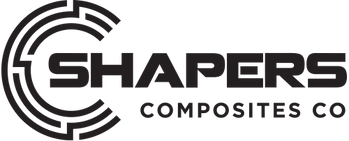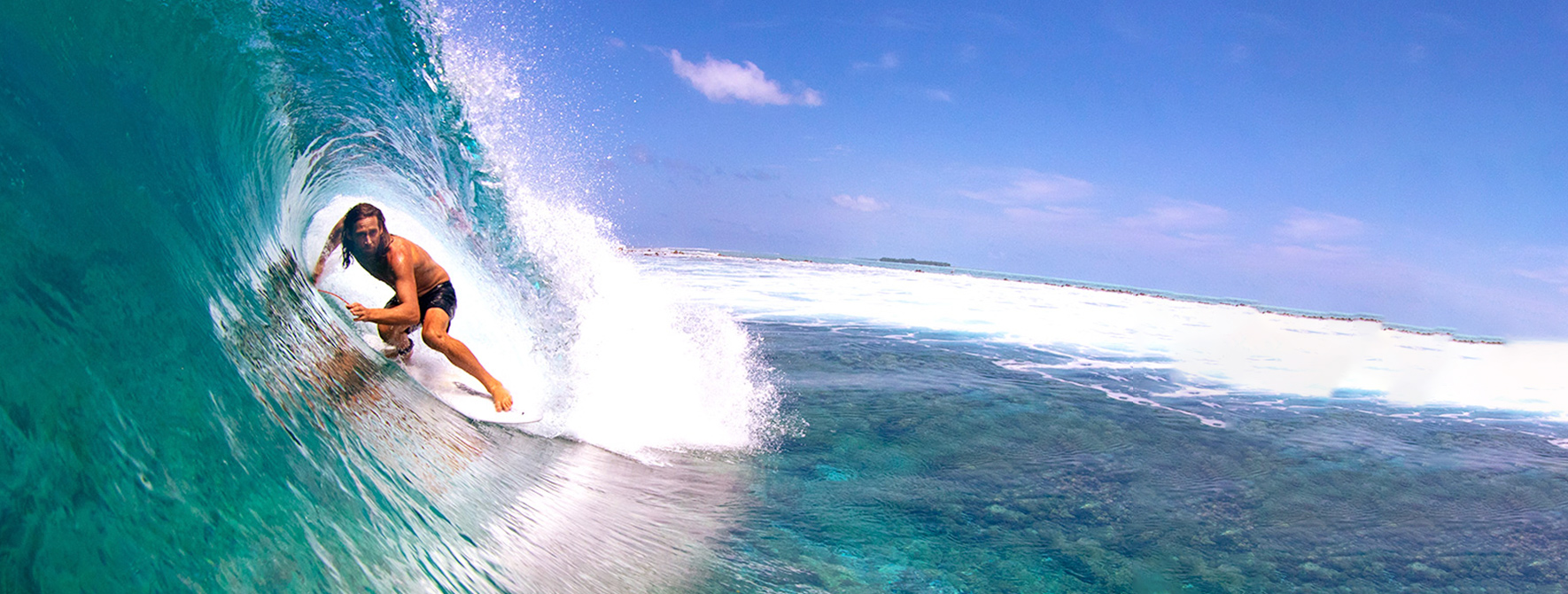
Bi-Axial
The construction of Bi Axial weaves comprises multiple layer of E-Cloth twined on a 45 degree angle (cross weave), as well of E-Cloth twine on a 90 and 180 degree angles. This construction offers the highest levels of structural lamination, with the maximum strength-weight ratio and stiffness-weight ratio.
The Bi Axial cloth properties included highest levels of Impact Resistance, Fatigue Resistance and Structural Durability. For these reasons the Bi Axial Cloth is commonly use with stringerless EPS surfboards to improve the core strength of the foam and improve the structural sturdiness. The Bi Axial cloth is also used for strengthening the rails and tail area of surfboards, the area’s most affected by high impact and back foot pressure.
This unique construction of the Bi Axial cloth creates an X pattern on the rail of the board. Which is one of the reason it offers the structural properties, which creates a livelier feel, quicker tail rocker rebound flex and maximum rail control. The X pattern construction properities of the Quad Axial creates a unique flex pattern that optimising a kinetic flex memory; which amasses energy and then releases it, delivering extra acceleration and drive during transitions (in and out of turns).
The Carbon Quad Axial Tapes are often used along the full length of the surfboard rail with stringerless surfboards. This is to add additional strength or to replace the strength that a timber stringer would provide, therefore creating a Parabolic Frame. The Parabolic Frame helps prevents the board from twisting which increases the liveliness/responsiveness, this also creates a parabolic flex pattern that allows to board to deliver more drive, speed and power.Lay-ups: The Carbon Quad Axial is used during the lamination process.
The tapes are place on the foam before the cloth is laminated. Most manufactures mark the area they wish to place the Carbon Quad Axial Tapes, and brush a small amount of resin on the foam (to prevent to the Carbon Quad Axel Tapes from moving). The Carbon Quad Axial Tapes are then placed on the resin (making sure the resin has soaked through) and then continue to lay the cloth over the board and laminate as normal.
INDUSTRY USES
Tail Patches
Kevlar Tapes feature on the back rail of surfboards to prevent the tails from shattering and strengthening the deck from foot compressions.
Bottom of Surfboard
Kevlar Tapes are also used on the bottom of the surfboards to create additional spring or pop out of the board. Known as Kitetic Flex
Full Rail of Surfboard
Kevlar Tapes are often used along the full length of the surfboard rail with stringerless surfboards for added strength.
PU & EPS Compatible
Developed by Shapers Composites
Our Kevlar Tapes are compatible with both EPS Epoxy and PU Polyester Resin.The Kevlar Tapes are used during the lamination process. The tapes are placed on the foam before the cloth is laminated. Most manufactures mark the area they wish to place the Kevlar Tapes, and brush a small amount of resin on the foam . The Kevlar Tapes are then placed on the resin and then continue to lay the cloth over the board and laminate as normal.

